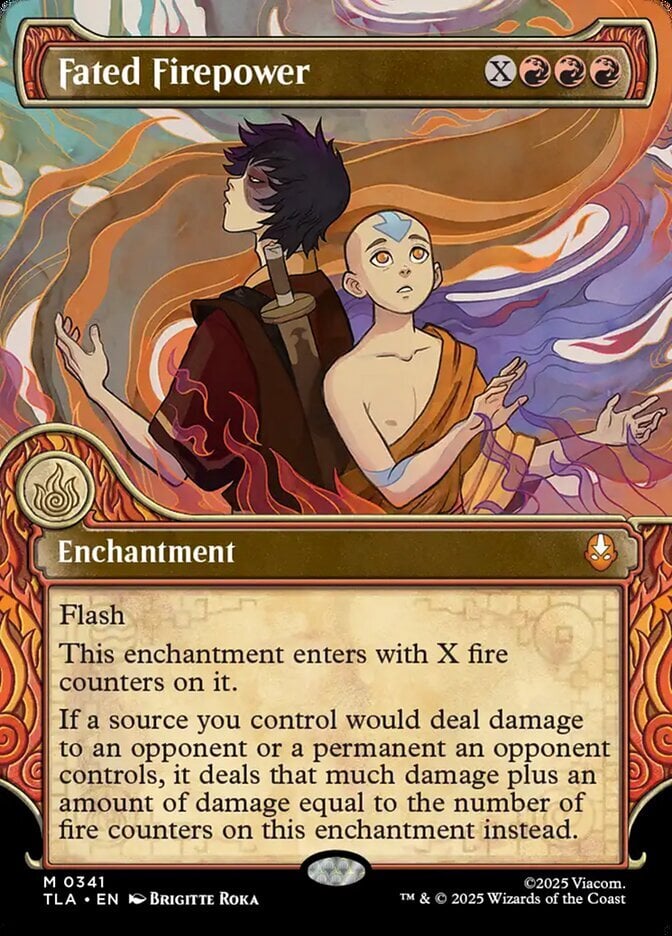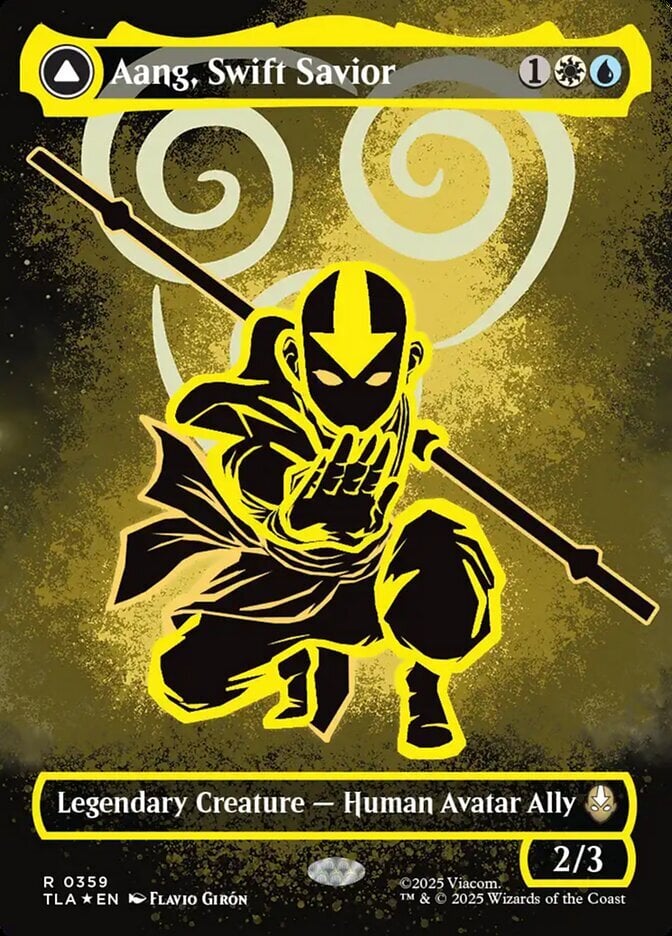Members
Registered: 10-Jul-2013 16:59
A few more notes here:
One:
Because of things like Player Priority, there is a chance someone could send a creature to the graveyard, stack the Vat ability, and then stack an ability that would destroy the Vat. (Perhaps that would be useful if they had gained control of an opponent's creature and feared the Vat may be taken control of in a subsequent turn)
Two:
Since it is a "May" ability:
603.5. Some triggered abilities’ effects are optional (they contain “may,” as in “At the beginning of your upkeep, you may draw a card”). These abilities go on the stack when they trigger, regardless of whether their controller intends to exercise the ability’s option or not. The choice is made when the ability resolves. Likewise, triggered abilities that have an effect “unless” something is true or a player chooses to do something will go on the stack normally; the “unless” part of the ability is dealt with when the ability resolves.
114.1. Some spells and abilities require their controller to choose one or more targets for them. The targets are object(s), player(s), and/or zone(s) the spell or ability will affect. These targets are declared as part of the process of putting the spell or ability on the stack. The targets can’t be changed except by another spell or ability that explicitly says it can do so.
This means that the player does not have to choose whether or not to imprint a dying creature until all players have passed up responding to the trigger.
Three:
Since cards that get "exiled this way" or "exiled by card X" are put in exile in their own pile, even though the Vat may have been destroyed at the top of the stack, each exile effects resolving later still have the linked "If you do," rule and the ability will recognize they were exiled by an effect from the same source and dumps the previously exiled cards back into the graveyard.
Essentially, If there was an exiled card, and multiple creatures die, you pick which one remains in exile and the rest go to the graveyard regardless of when in the stack the Vat is destroyed.
If the Vat re-enters play, or another Vat is played, a new pile is started in exile and the previously exiled card cannot have a token made out of it.

